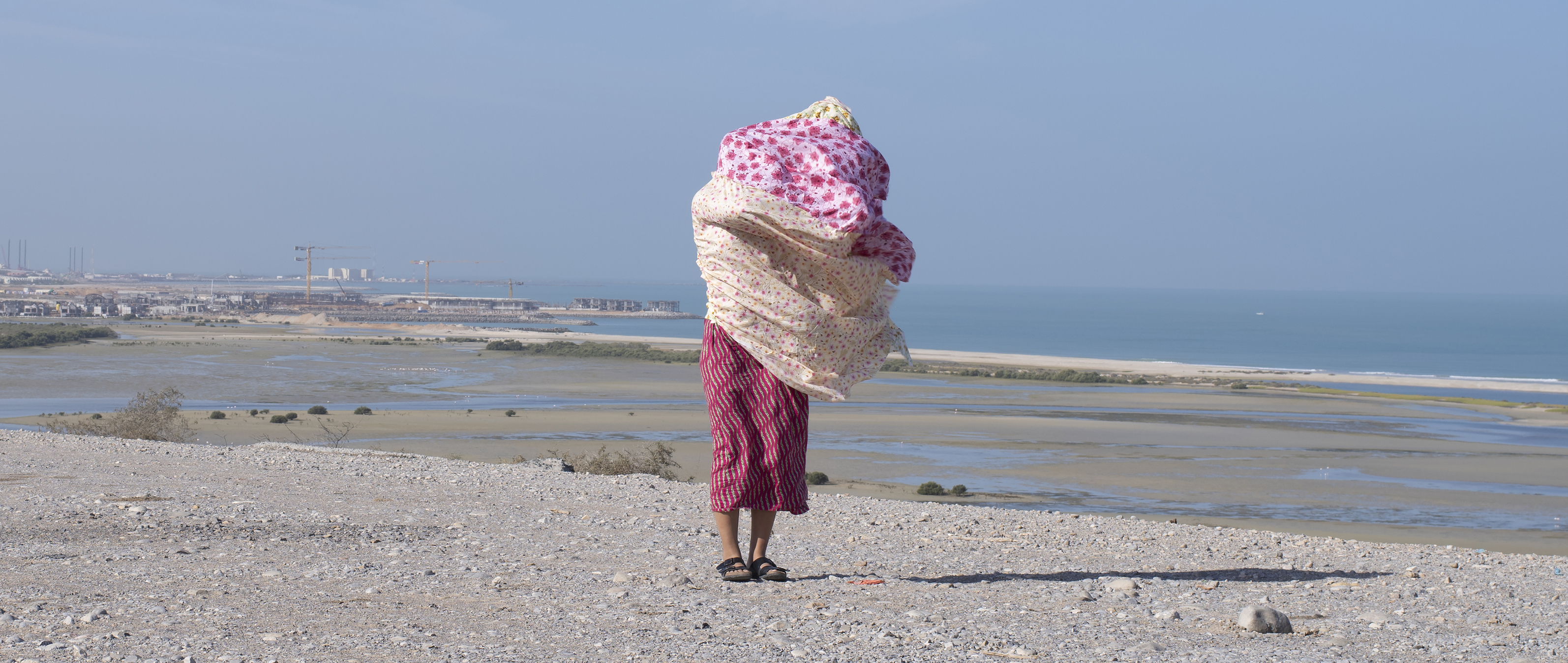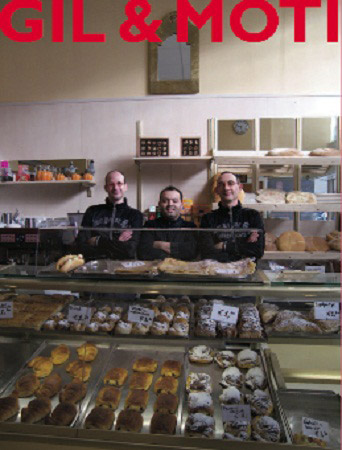The Forbidden Forest
Andreas Siqueland and the Halvdan Hafsten Collection
November 11, 2023–May 20, 2024
Stavanger 4021
Norway
Andreas Siqueland (b. 1973) has, for several years, made use of his immediate surroundings to explore the relevance of painting. He has been interested in the connection between painting and geographical places and has studied how the relationship to a particular environment can influence the artistic process. This relationship is emphasised by displaying works layer-on-layer in larger installations where the gaze is turned on the viewers, who find themselves actors in a constructed landscape. Siqueland uses this type of reversed gaze to direct attention to the changes that happen within and outside of ourselves when the landscape around us is transforming.
Stavanger Art Museum has invited Siqueland to create new works in connection with the works in the Halvdan Hafsten Collection. Halvdan Hafsten (1905–93) donated his art collection to Stavanger Art Museum (then Rogaland Museum of Fine Arts) in 1984. The collection consists of 208 works by eight Norwegian artists. Since 1992 the collection has been presented in a separate wing in the museum. The curator and museum director Hanne Beate Ueland has invited Andreas Siqueland to create an exhibition that enters into dialogue with these works, the aim being to challenge the way the Halvdan Hafsten Collection is viewed and to question the museum’s traditional reading and presentation of it.
The relationship between private and public spheres is central to the exhibition. Siqueland has been inspired by the collector Halvdan Hafsten and his private home at Grefsen in Oslo. It was there that Hafsten lived with his art works before he gave them to the museum. By staging a dream-like mental state, the exhibition invites us to enter the collector’s subconscious, a place between sleep and wakefulness.
Several artists represented in the Hafsten Collection had strong bonds to the place where they grew up or worked as artists, and these places are also evident in their artworks. Kai Fjell’s (1907–89) childhood in Lier made an impact on his artistic practice; his symbolic world reflects his particular interest in the mother’s role and the relationship between internal and the external spaces. Harald Dal (1902–72) explored Cubism in relation to the natural landscape of Nesodden, a peninsula near Oslo where he lived and worked. Farming and forestry make their mark on Erling Enger’s (1899–1990) visual subjects. Thorbjørn Lie-Jørgensen’s (1900–61) connection to the archipelago off the coast of Lillesand in southern Norway was the starting point for many of his paintings, and his depictions of well-known places could also express major political events. Ragnar Kraugerud (1909–87) drew inspiration from recollections of his childhood at the family farm at Tanum in Bærum, and he developed a clearly reductive visual language in his depictions of workers. Arne Ekeland’s (1908–94) paintings reflect on dramatic political events in his own lifetime, particularly events in communist Russia, at the same time as they show details from the environs of Eidsvoll, the place where he lived and worked. Reidar Aulie (1904–77) was interested in the fate of individuals and often painted urban scenes from Oslo, his home town. Alexander Schultz (1901–81) moved close-up to the subjects in his portraits and landscape studies, whether it was from Røa where he lived, or in images from Italy or France. The exhibition draws our attention to the fact that a place is also a psychological space. Inspired by how a film can skew our perception of reality, Siqueland uses the paintings in the collection to furnish a dream about precisely such spaces.
The visual encounters between older and newer works invite us to see painterly connections and to explore the meaning of the painted landscapes. The exhibition emphasises that the museum is also a scenographic space where our experience of places is linked to architecture and the given location as well as to our own state of being. The works enters into a dialogue with the museum’s sci-fi-like architecture: the glass cupola of the entrance hall, the large marble-floored galleries and their absence of daylight, and the UFO-like lightboxes. With a sleepwalker’s gaze, we are taken on a journey where the relationship between time and space, and inside and outside, has shifted.
Andreas Siqueland (b. 1973) lives and works in Hadeland outside Oslo. He is educated at Haute École d’Art et de Design in Geneva, the Royal Danish Academy of Fine Arts in Copenhagen, and The Norwegian Artistic Research Programme at Oslo National Academy of the Arts. Siqueland has had solo exhibitions at various venues, including Hå gamle prestegard, Nærbø; Oppland Kunstsenter, Lillehammer; Kunstnerforbundet, Oslo; LNM Gallery, Oslo; F15 Gallery, Moss; Regina Rex, New York; Trøndelag Center for Contemporary Art, Trondheim; Kunstnernes Hus, Oslo; Galleri Dvergur, Reykjavik and Henie Onstad Art Center, Oslo. He has participated in group exhibitions like The North Atlantic Triennial, Portland Museum of Art, Maine, USA; Reykjavik Art Museum, Reykjavik and Bildmuseet, Umeå; Lands End, Logan Centre, University of Chicago, Chicago and Plenairism, Walter Phillips Gallery, curated Kitty Scott, The Banff Centre, Banff, Canada. In addition to his independent practice, Siqueland collaborates with Anders Kjellesvik in the artist duo aiPotu.




